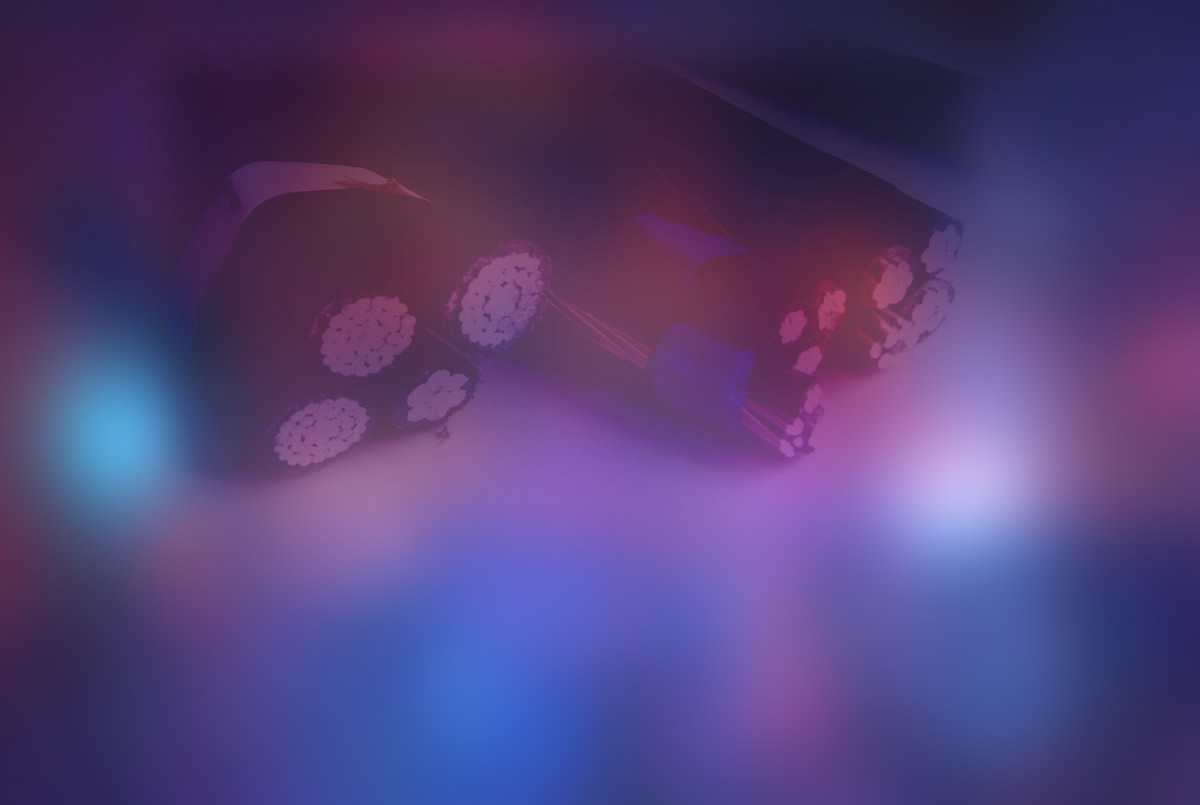Technical Information
The Restriction of Hazardous Substances in Electrical and Electronic Equipment (RoHS) has been updated. This advisory will describe the similarities and differences between the original and new version of the EU regulations.
Summary
The new RoHS Directive 2011/65/EU (RoHS 2) became effective on January 3, 2013. RoHS 2 (also called RoHS recast) restricts the same hazardous substances and has the same maximum concentration limits as Directive 2002/95/EC (RoHS 1). Therefore, all products meeting the substance restrictions of RoHS1 remain compliant to the substance restrictions of RoHS 2. The scope of RoHS 2 is expanding to phase in medical devices and monitoring and control instruments, as well as certain cables that were the previously excluded. In addition for finished Electrical and Electronic Equipment (EEE), RoHS 2 requires CE marking to show compliance with the Directive. More detail is provided below relating to JMWC’s approach to RoHS 2 compliance.
New Legislation
RoHS 2 entered into force on July 21, 2011 and requires Member States to transpose the provisions into their respective national laws by January 2, 2013. We will continue to monitor the developing implementation guidelines and national transpositions. The JMWC implementation of RoHS 2 is based also on the Frequently Asked Questions (FAQ) document, last updated on December 12, 2012, drafted under a mandate by the RoHS/WEEE Technical Adaptation Committee.
Substance Restrictions – No Change
RoHS 2 covers the same six hazardous substances and the same maximum concentration limits as RoHS 1. These are: lead (0.1%), mercury (0.1%), cadmium (0.01%), hexavalent chromium (0.1%), polybrominated biphenyls [PBB] (0.1%), polybrominated diphenyl ethers [PBDE] (0.1%). Therefore, all our products meeting the substance restrictions of RoHS 1 remain compliant to the substance restrictions of RoHS 2. This covers more than 99% of our products.
Expanded Scope
RoHS 2 expands the scope of products covered by phasing in EEE categories 8 (medical devices) and 9 (monitoring and control instruments) which were previously excluded under RoHS 1. The expanded RoHS 2 scope also includes certain cable assemblies used to connect EEE or to provide power to EEE. Per the RoHS 2 FAQ, the following cable assembly types are considered to be out of scope: optical cables, cables internal to EEE (this includes cables permanently attached to EEE), and cables with a rated voltage greater than or equal to 250 volts. For most cable assemblies, the timeline for being in scope is related to the timeline of the EEE they are used with. Bulk cable only becomes in scope as of 2019. Note that the majority of JMWC’s cables already comply with the substance restrictions as a result of our efforts removing restricted substances from our products for RoHS 1. JMWC bulk cable sold to distribution will be compliant with the substance restrictions of RoHS 2, as confirmed in our CofCs, but will not contain any RoHS compliance marking as we do not know the compliance status of our customer’s finished product.
CE Marking
In contrast to RoHS 1, RoHS 2 is a CE marking Directive, and for finished EEE, requires the use of the CE mark on the product to show compliance. The responsibility for affixing the CE mark resides with the manufacturer. For finished EEE where JMWC is the legal manufacturer, JMWC will affix the CE mark. For finished EEE that JMWC produces for OEMs, the CE mark can, similar to other customer specifications, be printed by us on the customers behalf without JMWC assuming the OEMs (manufacturer’s) responsibility (see section on technical documentation).
Please be advised that CE marking for RoHS 2 only applies to finished EEE in scope of RoHS 2. The use of the CE mark is not allowed on products not in scope of an EU Directive.
Declaration of Conformity (DoC) and Technical Documentation
In addition to placing the CE mark on all finished EEE in scope of RoHS 2, all CE marked EEE will require a Declaration of Conformity (DoC) and associated technical documentation. The responsibility for this DoC and documentation resides with the manufacturer. For finished EEE where we are the legal manufacturer, we will provide the DoC and prepare technical documentation. For finished EEE that we produce for OEMs, it is only the OEM that can fulfil the obligations to provide the required documentation under its own name.
Communication of Compliance Status
JMWC will provide a Certificate of Compliance (CofC) with product shipments, when requested at time of order, for all of our products. These CofCs reflect the compliance to the major global compliance initiatives (RoHS, REACH, China RoHS) when requested.
JMWC has started an effort to make material declarations available for all our products when required. Considering our breadth of portfolio, this is quite an undertaking and these documents will not be available for all products for some time.
JMWC does not routinely provide analytical test data for our products. With over 50,000 products, we are not in a position to provide independent test data for all products.
JMWC is in the process of updating packaging labels and compliance information provided from our website to reference compliance with RoHS 2 (instead of RoHS 1).
Conclusion
JMWC will continue to monitor legislative and guidance developments and update this letter as appropriate. For additional information regarding our compliance initiatives, please contact your account manager.

